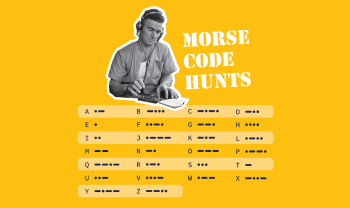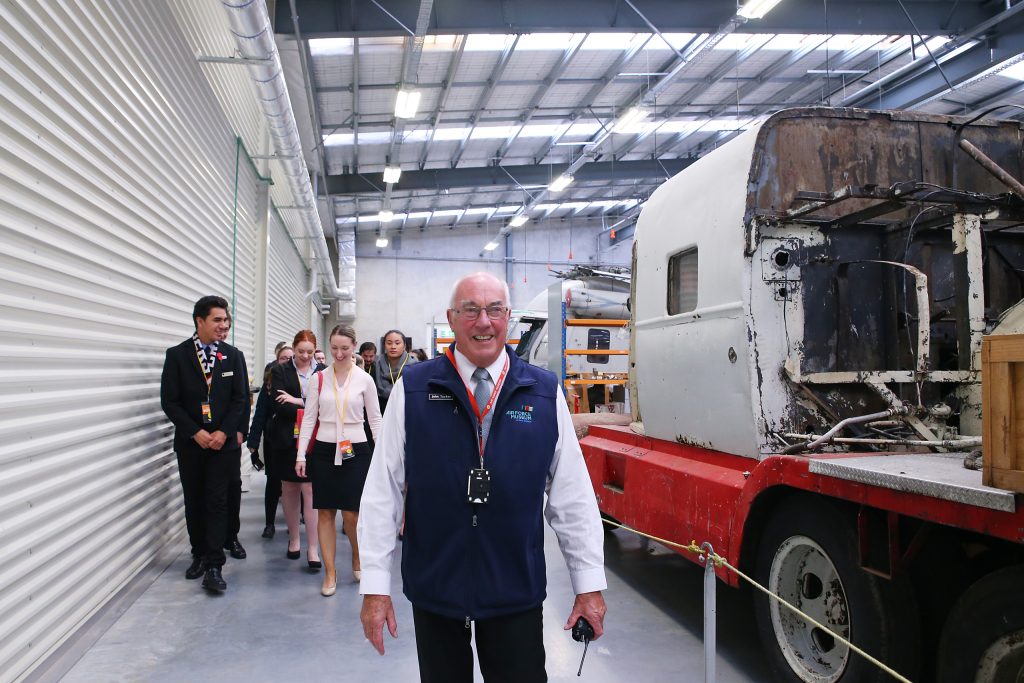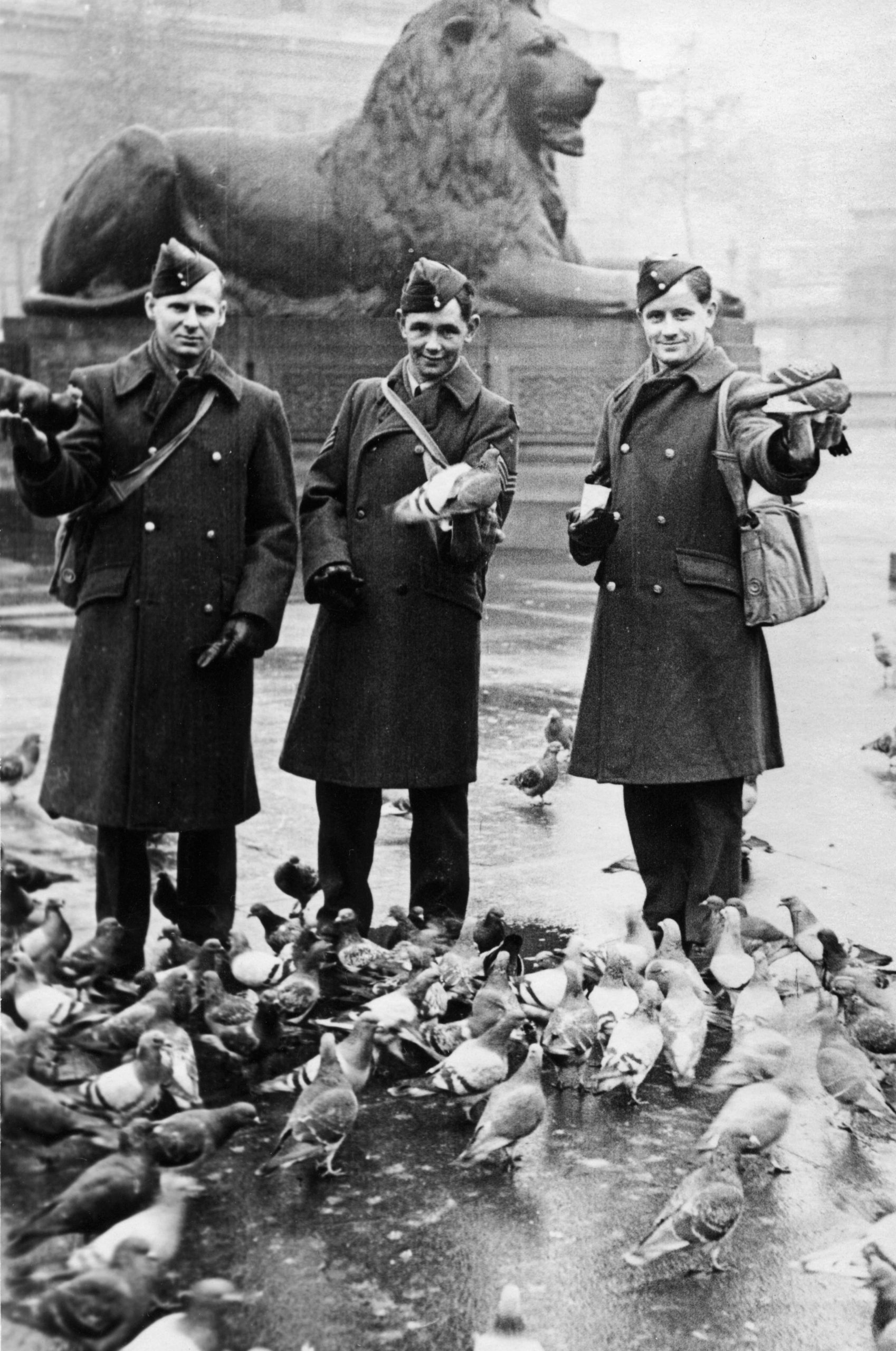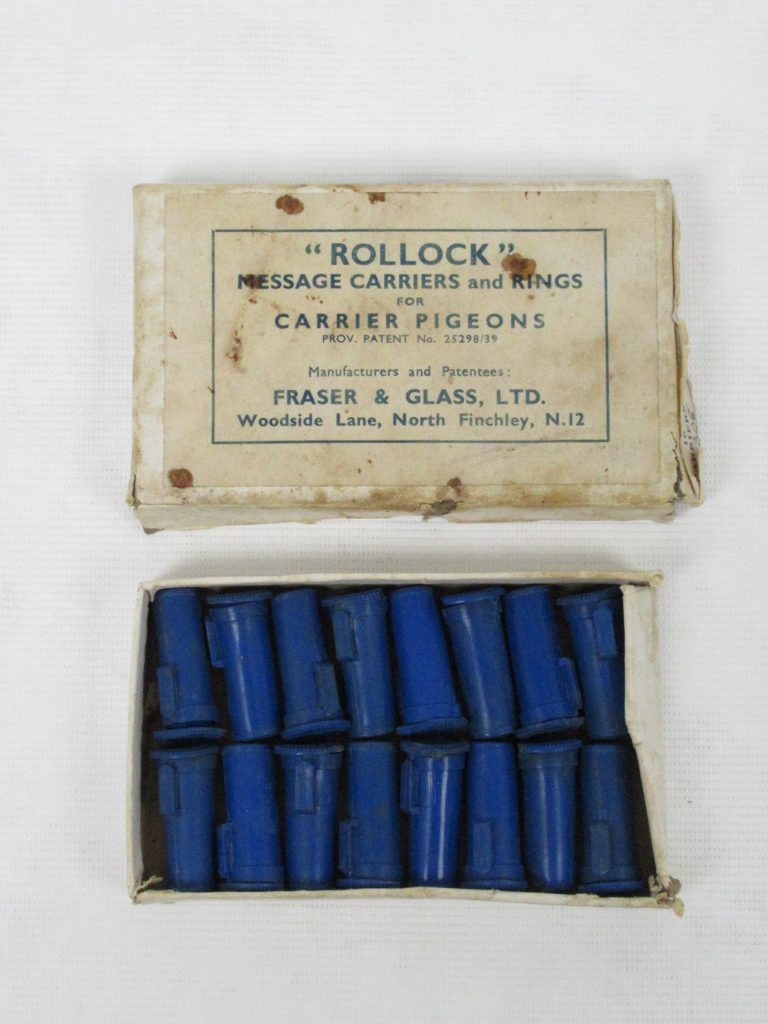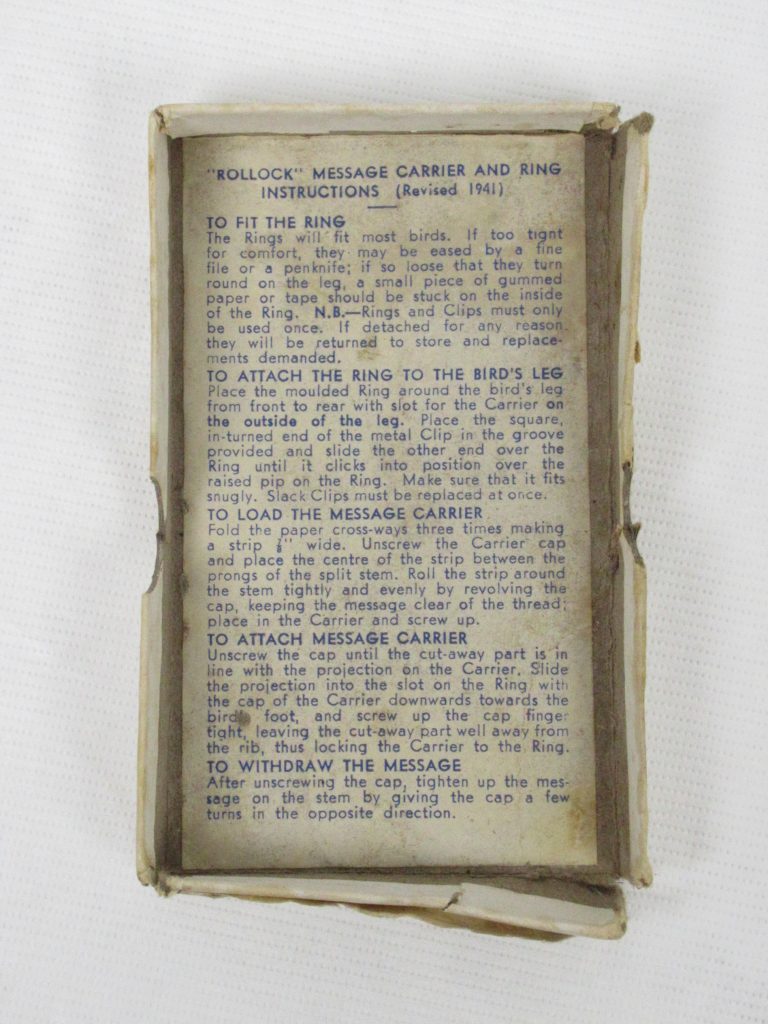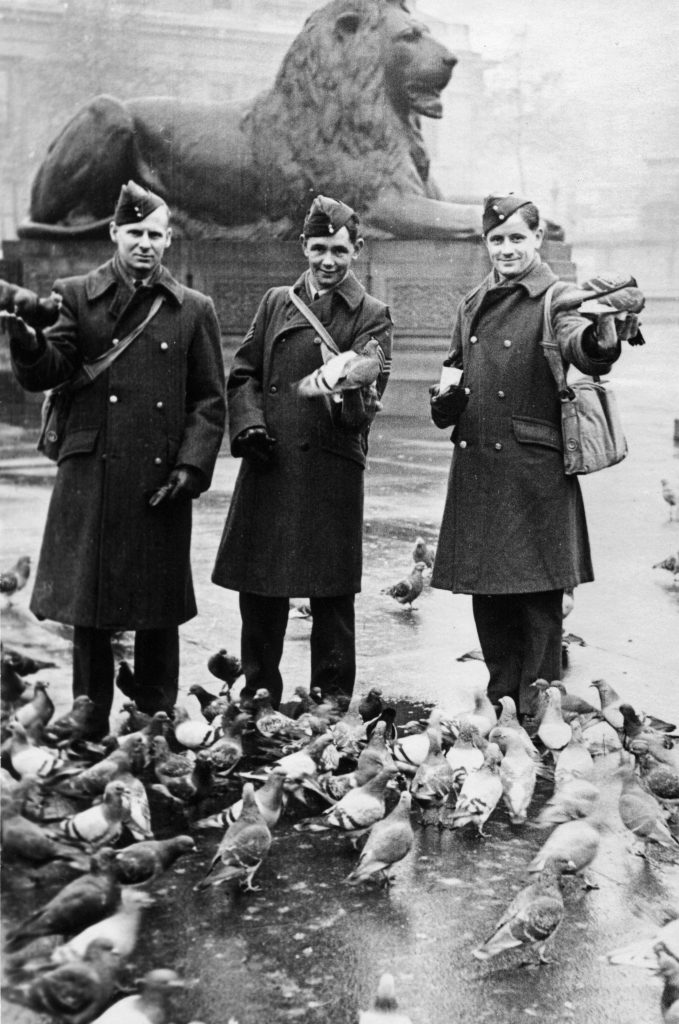
Anyone who knows me, knows I love birds, so it should come as no surprise that my first item to highlight from the Safety and Surface collection is one that really shouldn’t even be in there. However, that’s where I found it, so it has collectively been decided it counts, even if it isn’t safety or surface gear: a box of 16 message carriers (and eight spares) for homing pigeons.
Also known as war pigeons, over 250,000 of these birds were used for a variety of tasks in World War Two by the United Kingdom alone. Often, it was for the quick and efficient sending of messages and information, which went from one group to another, including from a person or party behind the lines and back to their base in home territory.
The Dickin Medal, awarded to animals for outstanding military service, has been presented 75 times since its inception in 1943, with 32 of those being to pigeons for their service over the course of World War Two, almost all for the carrying of messages. Of course, those messages needed to be held, and in our collection, we have an example of how.
This box, while a bit rough around the edges now, holds 16 carriers with split stems inside the lid to roll a message on. This could then be attached to the pigeon’s leg with a ring, and the bird would be released to fly home, message in tow. While these particular capsules are for shorter messages, longer ones could also be sent via pigeon, with a different carrier attached to their back.
The capsules in our collection were produced by Fraser & Glass Ltd. at some point during World War Two, and are made of blue Bakelite, a form of synthetic plastic with chemical and thermo-resistant properties. Even given the size of pigeons, these carriers might be smaller than one would expect, being about 29mm long, and 13mm wide, and as such, would probably fit quite snugly on a pigeon.
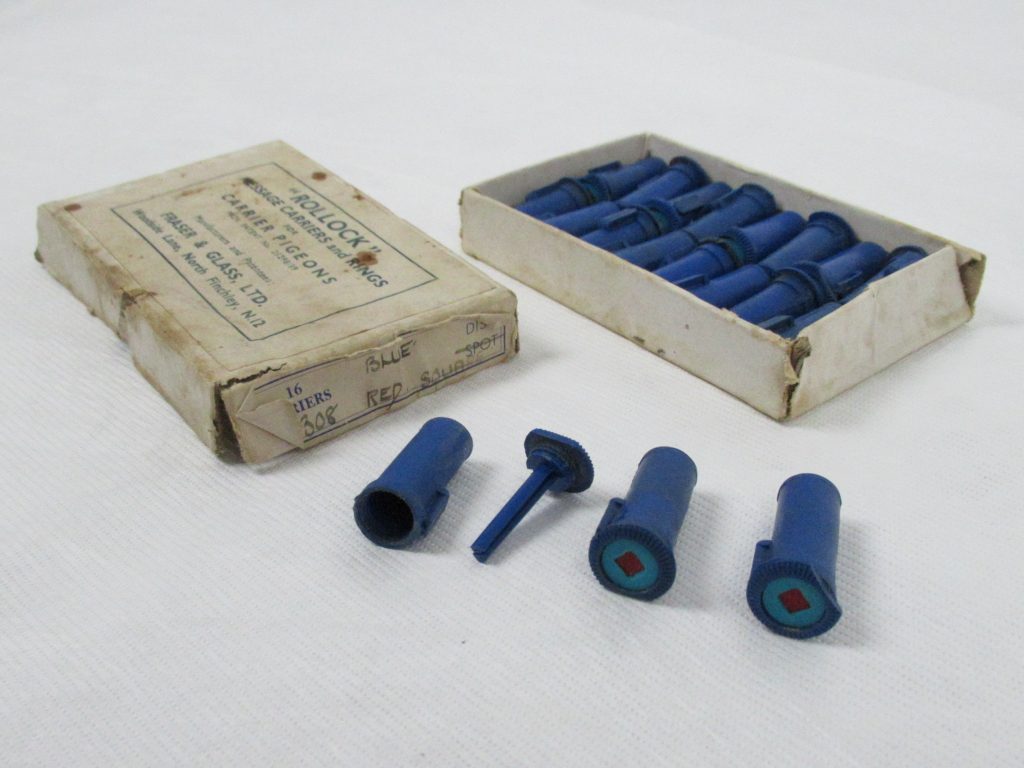
The capsules might even be relatively inconspicuous, if not for the known fact of pigeons being used as messengers. The birds were often at risk from enemy targeting as they made their way home, not just from humans wanting to intervene, but also from specially trained hunting birds such as hawks.
Of course, pigeons weren’t the only ones being attacked in the skies. During World War Two, British Bomber Command adopted the practice of taking a pigeon or two onboard, which provided them with a way to contact their base, should they be in danger, and gave a feeling of extra security. In one such case, Winkie, the pigeon of a Bristol Beaufort, received the Dickin Medal after she managed to escape and return home after her plane was forced down at sea. As she was still wet and covered in oil when she returned home, search parameters were quickly established and within 20 minutes, her crew were found and rescued, despite Winkie not having a message attached.
Either way, her crew were in safe claws, as it is estimated over 95% of messages carried by pigeons were delivered safely. One 1943 article reported that even over combat areas, 96 out of every 100 pigeons would make it home. Keeping in mind how many pigeons carried messages over the course of World War Two, one can only imagine just how much of the war’s success is owed to them and their quick wings, and how great their contribution to the outcome of the war truly was.
